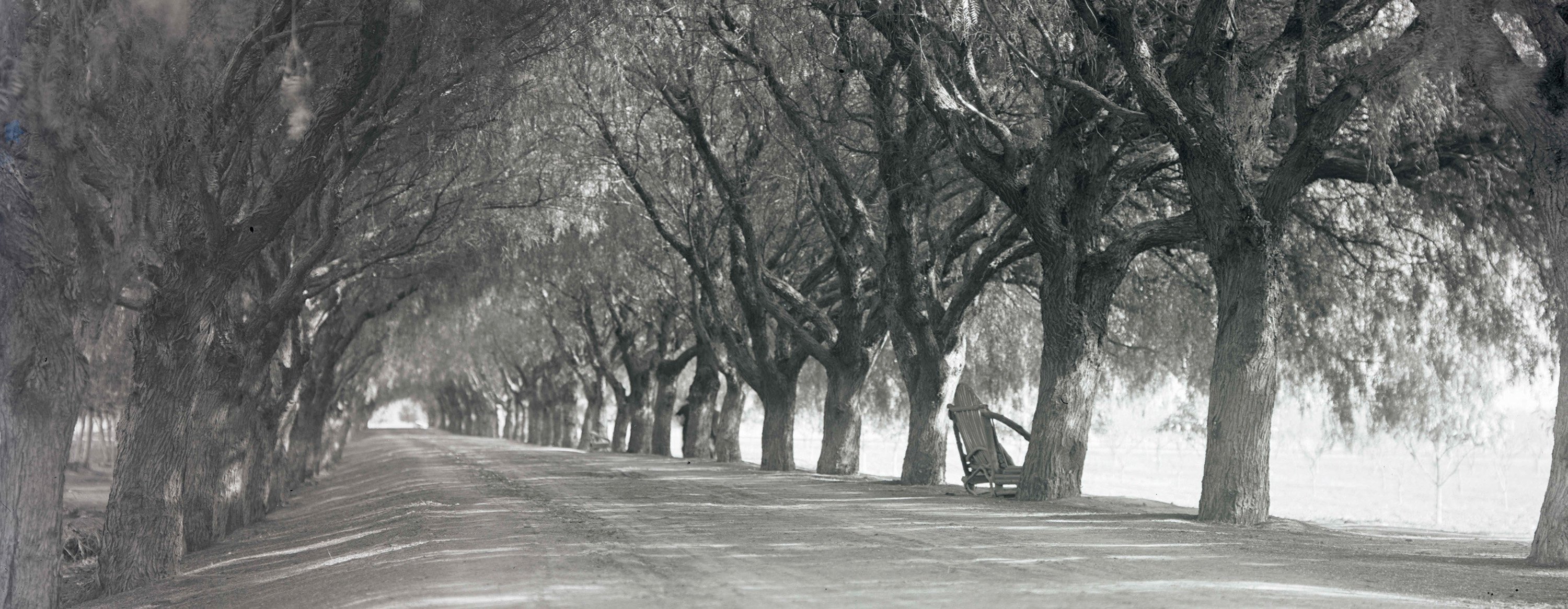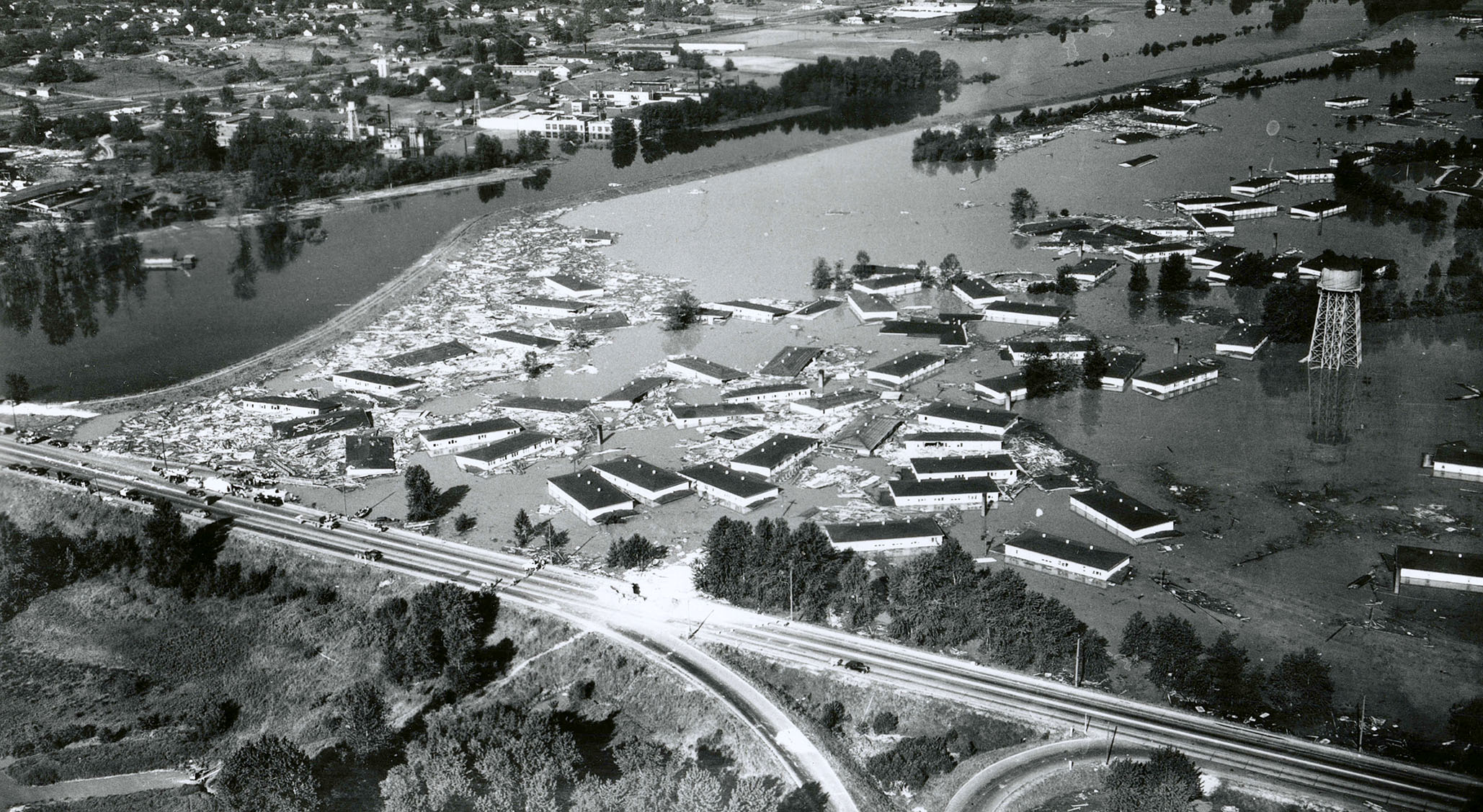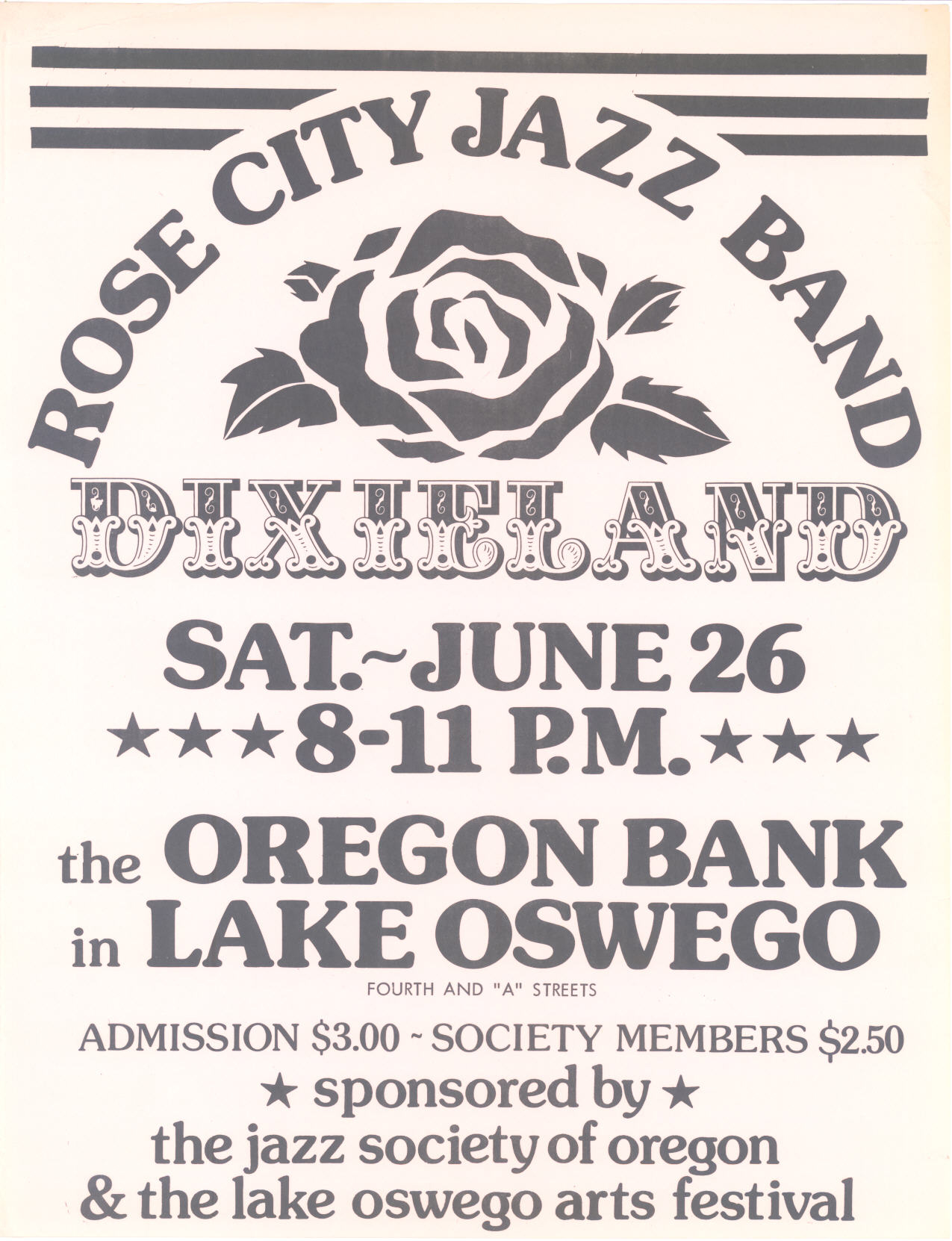855 results
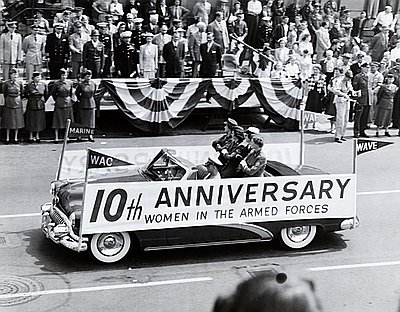
10th Anniversary of Women in the Armed Forces
This photograph, likely taken in May 1952 during the third annual Armed Forces Day parade in Portland, depicts a Buick convertible decorated to commemorate the …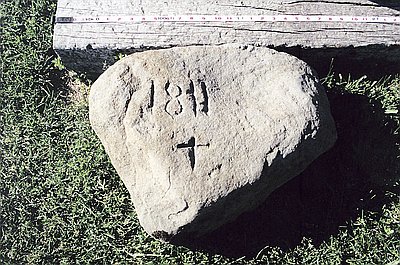
1811 Trailmarker
Sometime around the summer of 1944, ten-year-old Douglas Owen found the 120-pound basalt rock shown above near the town of Bates, located about thirty miles …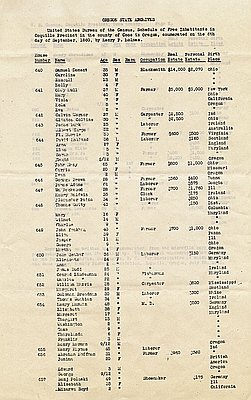
1860 Census, Coos County
This document is a typewritten transcript of the 1860 Schedule of Free Inhabitants in Coos County’s Coquille Precinct. It was transcribed from a microfilm copy …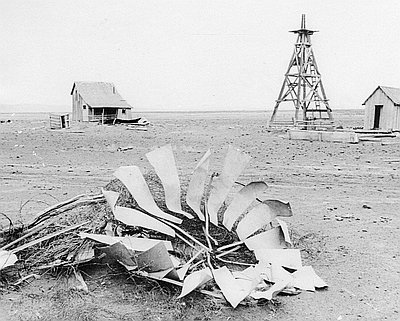
Abandoned Ranch, Christmas Valley, 1963
This photograph was taken in April 1963 by Oregon Journal photographer Al Monner. It shows an abandoned ranch in southeastern Oregon’s Christmas Valley. During the …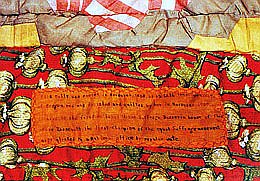
Abigail Scott Duniway's Quilt
Written by Michael N. McGregor The colors clash. The fabrics jar. The garish designs are dizzying hexagons of mismatched stripes and solids, all placed awkwardly inside …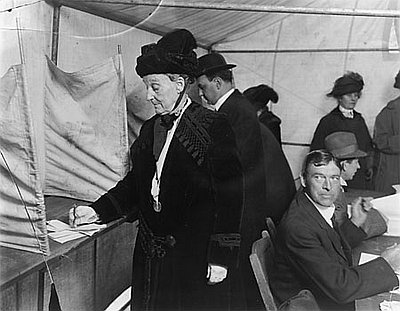
Abigail Scott Duniway votes
Abigail Scott Duniway, sister of Daily Oregonian editor Harvey Scott, was a novelist, newspaper publisher, teacher, pioneer, milliner, and suffragist. An overland pioneer …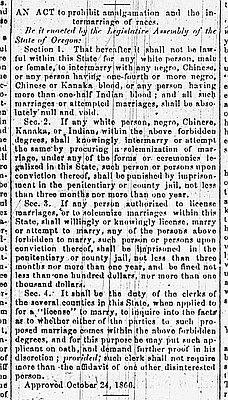
Act to Prohibit the Intermarriage of Races, 1866
The Oregonian clipping featured here presented the language of a new Oregon law approved by the Legislature on October 24, 1866. It banned miscegenation—marriage between …!["Admission of Collored [sic] Children to the Public School"](http://www.oregonhistoryproject.org/media/uploads/thumbnails_medium/Admission-of-Collored-Children-to-Public-Schools-c1890-FSDM.jpg)
"Admission of Collored [sic] Children to the Public School"
Thomas Alexander Wood (1837-1904) was a white Oregon pioneer, a veteran of the Indian wars, and a Methodist clergyman. In these reminiscences he recalled the …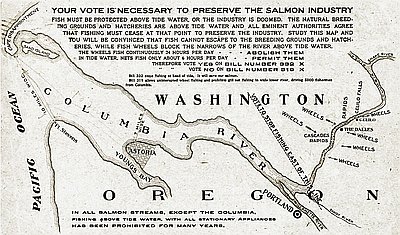
Advertisements, Salmon Fishery Initiatives, 1908
These two advertisements were published in the spring of 1908. The first document, titled “Your Vote is Necessary to Preserve the Salmon Industry,” represents the …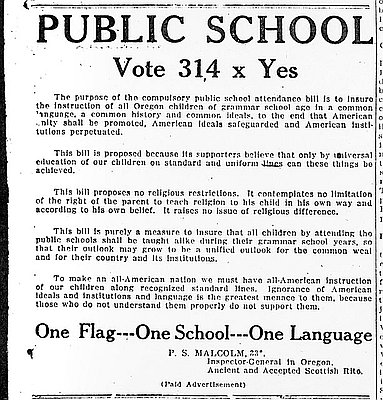
Advertisement, Vote 314x Yes
This paid advertisement in support of the Oregon Compulsory Education Bill appeared in many newspapers across the state in the weeks prior to the 1922 …Interpretive Essays
Interpretive essays use primary documents from the Oregon Historical Society archives to help readers imagine the events, people, and issues that shaped Oregon history.
